Alpha Delta D6 – Light Airy Snappy
We just reviewed Alpha Delta D3 a few weeks ago, and we promised we’d return with a review on D6. Costing a little more than D3, we’re quite intrigued to see what what Alpha Delta has in store for us at a higher price point.
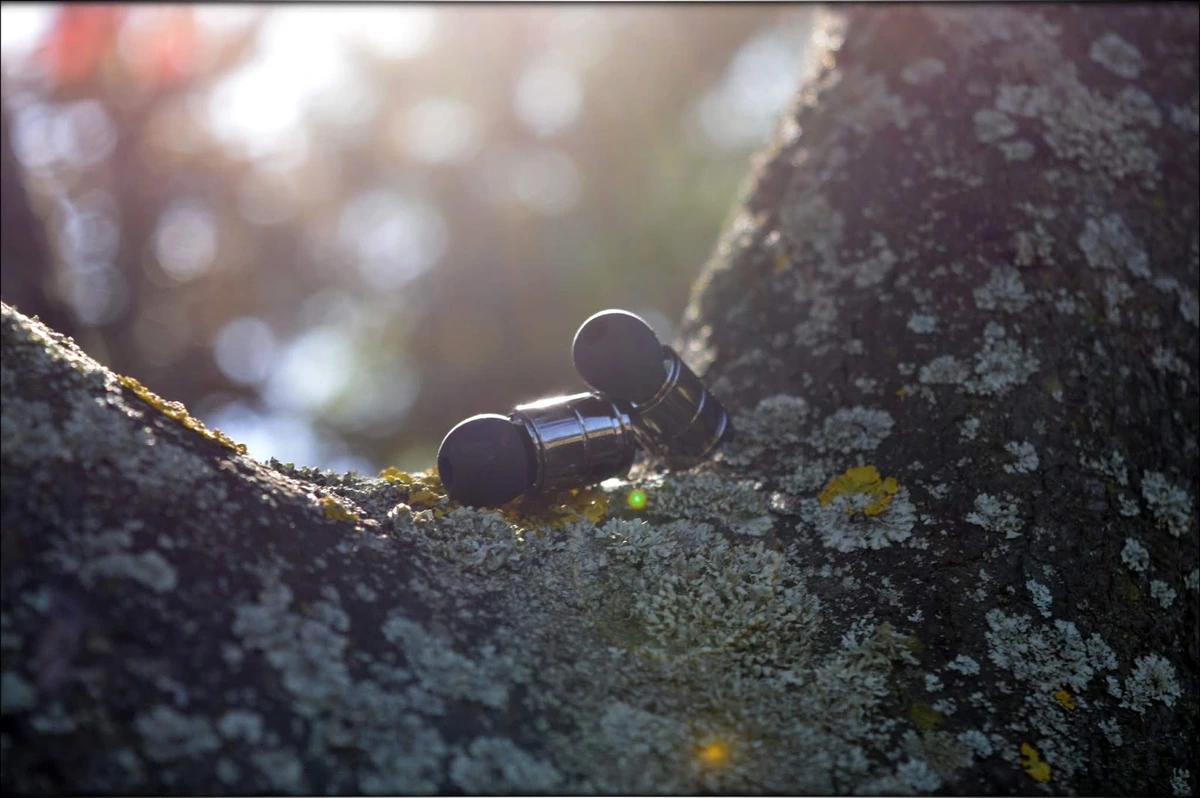
Introduction
It is safe to say we had a great experience with D3, and while they clearly weren’t the most typical IEMs in terms of pure signature and tuning, they surely offered an excellent price and build quality, and most people who own them are having a lot of fun with their purchase, so it would be unfair to speak ill of them. Alpha Delta, an upcoming company from Singapore, is quite friendly, and easy to rely on. We’re sure that they will answer all fan and customer mail and that they will be helpful to help you solve any kind of issues, if any are to arise. The fact that their products are built so well is a really nice thing, especially considering the price point those are sold at, but the signature and tuning of D6 won’t be the most typical out there either.
It should be noted that I have absolutely no affiliation with Alpha Delta, I am not receiving any incentive for this review or to sweeten things out. This review is not sponsored nor has been paid for by Alpha Delta or anyone else. I’d like to thank Alpha Delta for providing the sample for this review. The sample was provided along with Alpha Delta’s request for an honest and unbiased review. This review will be as objective as it is humanly possible, and it reflects my personal experience with Alpha Delta D6. Every opinion expressed is mine and I stand by it, the purpose of this review is to help those interested in Alpha Delta D6 find their next music companion.
Product Link
You can purcahse the Alpha & Delta D6 from www.amazon.com here: https://www.amazon.com/Alpha-Delta-Fidelity-Durable-Earphones/dp/B078RCTSPC
Packaging
First things first, let’s get the packaging out of the way:
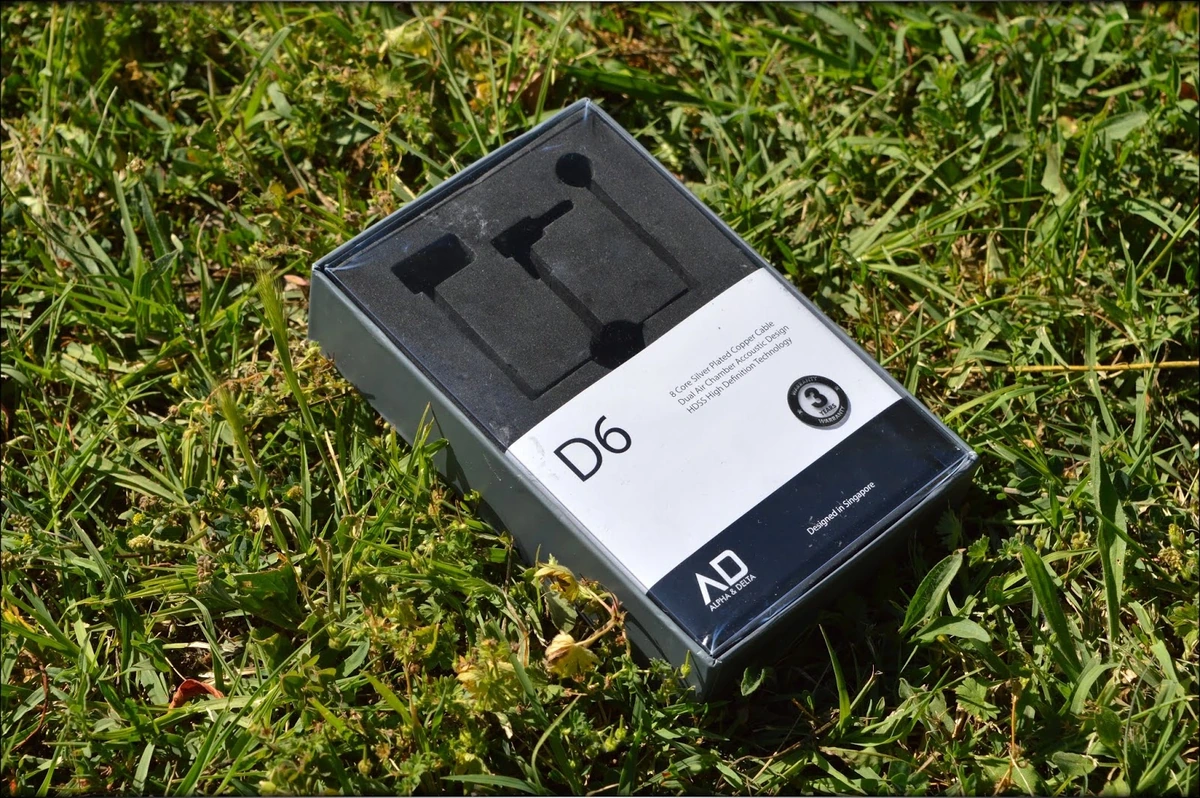
The package is fairly similar to that of D3, and while not much has changed, not much did have to change. The biggest difference is the fact that now the face of the main package is transparent and one can take a look at D6 before they open the package.
The package is as all-inclusive as ever, Alpha Delta being quite the champs when it comes to including a lot of accessories with their products. There is a carrying case included with D6, which, just like that included with D3, feels more leathery and higher quality than most leather products, probably because of their softness and nice texture of their case.
The other interesting aspect when it comes to the package of their products is that Alpha Delta seems to have a taste for including interesting, although not always quite that useful extras with their IEMs, like those ear hooks.
All in all, with D6 you are receiving a carrying case, three types of silicone tips, each of them in 3 sizes, a shirt clip, and a cable holder.
There’s not much we could have asked for from Alpha Delta, and especially not at this price point, the package content is pretty much a golden thingy to have, considering that D6 costs around 100 USD.
Technical Specifications
Driver unit: 10mm dynamic driver
Impedance: 16 ohm
Rated power: 1mW
Frequency Response: 10 Hz- 40 Khz
Speaker Sensitivity: 105 +/- db/ mW
Cord Length: 1.2m silver plated copper cable (each core contains 22X 0.05 silver plated copper wires)
Plug: 3.5 mm
Build Quality/Aesthetics/Fit/Comfort
The build quality of D6 is excellent, they are build like a tank, they are made out of metal, and their cable is quite thick, slightly soft, so it doesn’t prove to be an issue while using them portably, and the IEM body has a pretty ergonomic barrel-type shape, which means that you can wear them both straight-down and over-the-ear.
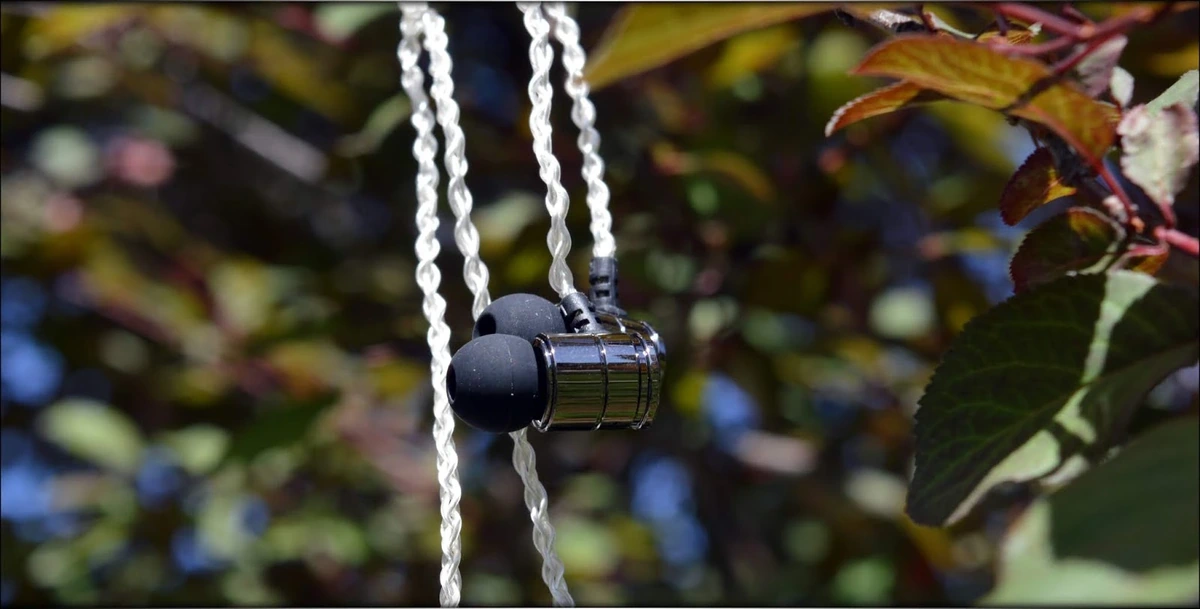
This might be a little elephant in the room, but there is a huge stress strain relief on the cable, next to their 3.5mm connector. This one is made from what seems to be a spring, and it is quite long, considerably longer than most stress strain reliefs found on other IEMs. This gives D6 a sense of an Industrial-look, and might protect the cable for those who tend to be a little more rough when it comes to the jack and cable of their IEMs.
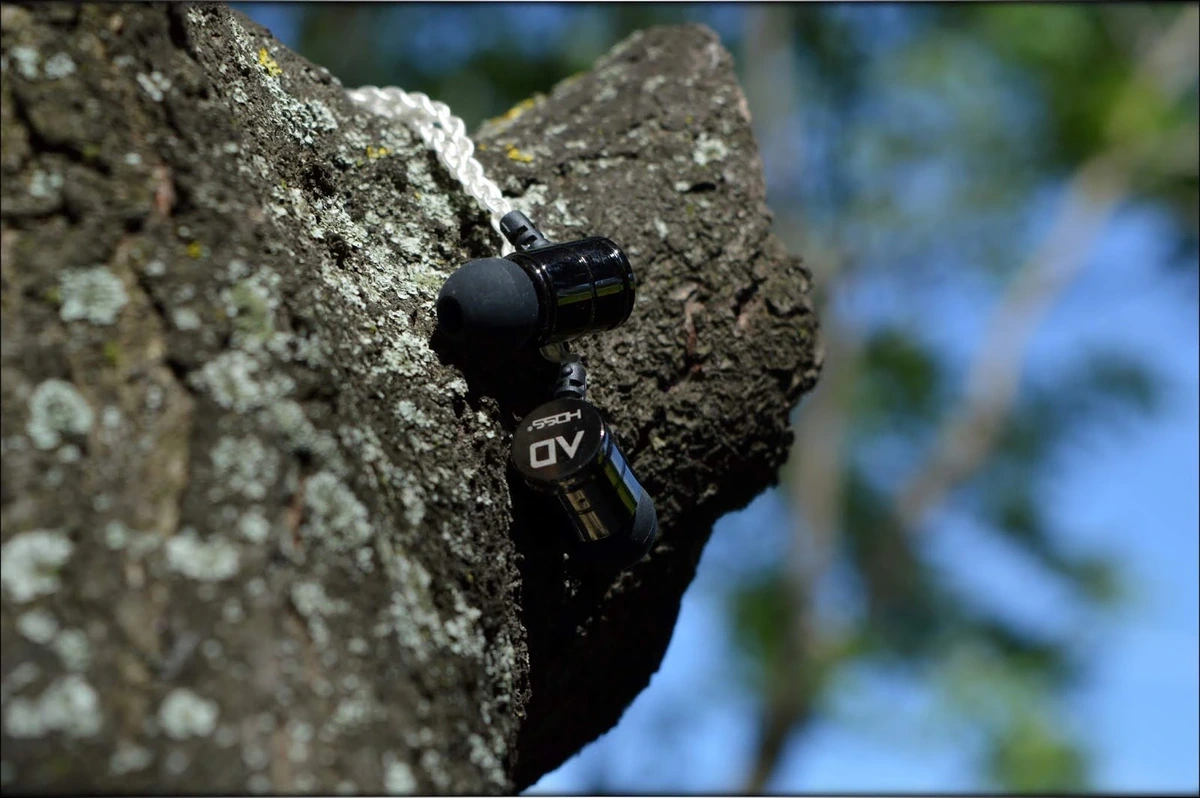
The overall IEM has one foot in the industrial type of design, while the other foot is placed in the more edgy type of design. The thicker white cable, along with the large stress strain reliefs, and the overall IEM shape feels pretty industrial and will surely appeal to those looking for this kind of IEM, while the metallic surface, along with D6 being very reflective makes them stand out when it comes to their edgy side.
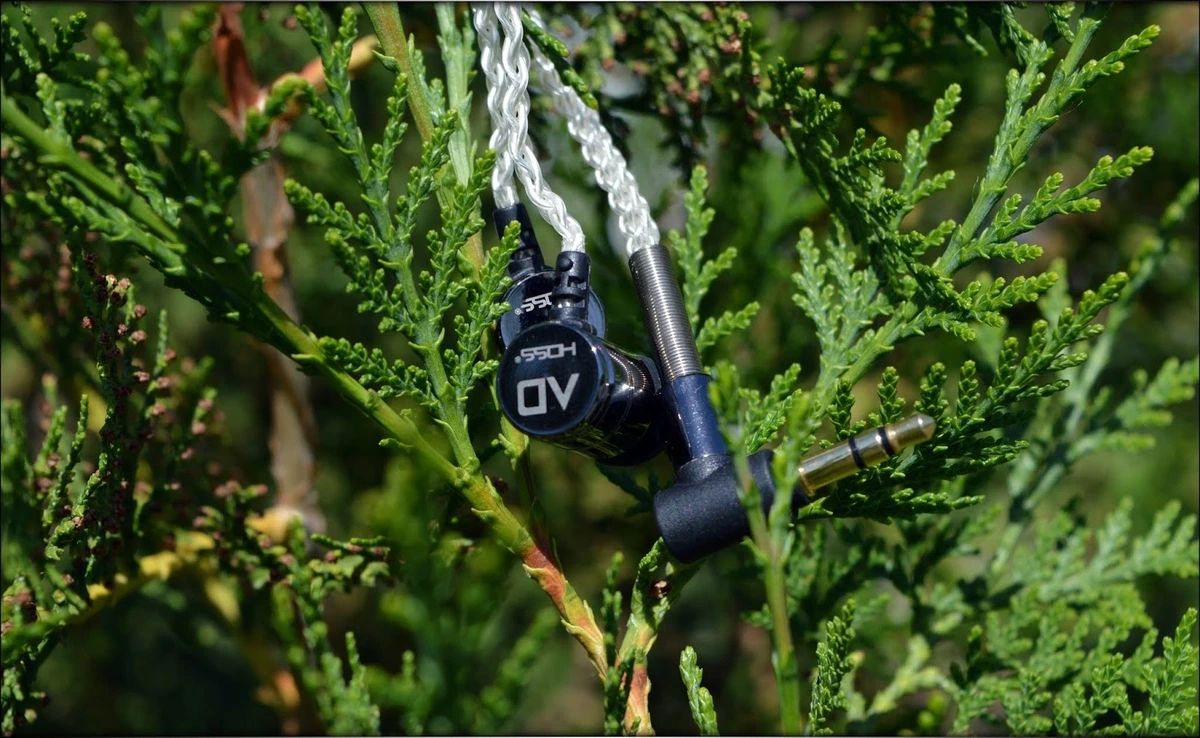
The fit is fairly good, but the IEMs are on the larger size, being shallower in fit when compared to D3, and being harder to fit than their little brothers. The isolation is also much lower, D3 being quite good-isolating, while D6 isn’t quite that good in isolation, as they have two vent ports on each IEM, resulting in a pretty airy and open IEM, but sacrificing some isolation along the way. They tend to feel a bit large regardless of how they are worn, so if you have really small ears, D3 or other IEMs might make a better fit, but this isn’t very bad, just something we felt we should mention when it comes to D6.
The overall IEM feels really well build and put together, all parts combine well, and everything feels as part of the same IEM, thing which makes us pretty happy, as for this price point, they really feel like solid value right now, especially when it comes to their build quality.
Sound Quality
The signature of D6 is also a pretty odd one. If you haven’t read our review on Alpha Delta D3, we invite you to, because a lot of things will make more sense. It seems that Alpha Delta prefers to create more unique tunings for their IEMs, thing which will be quite good for those looking for a more colored signature, but it also means that you should give them a listen before purchasing.
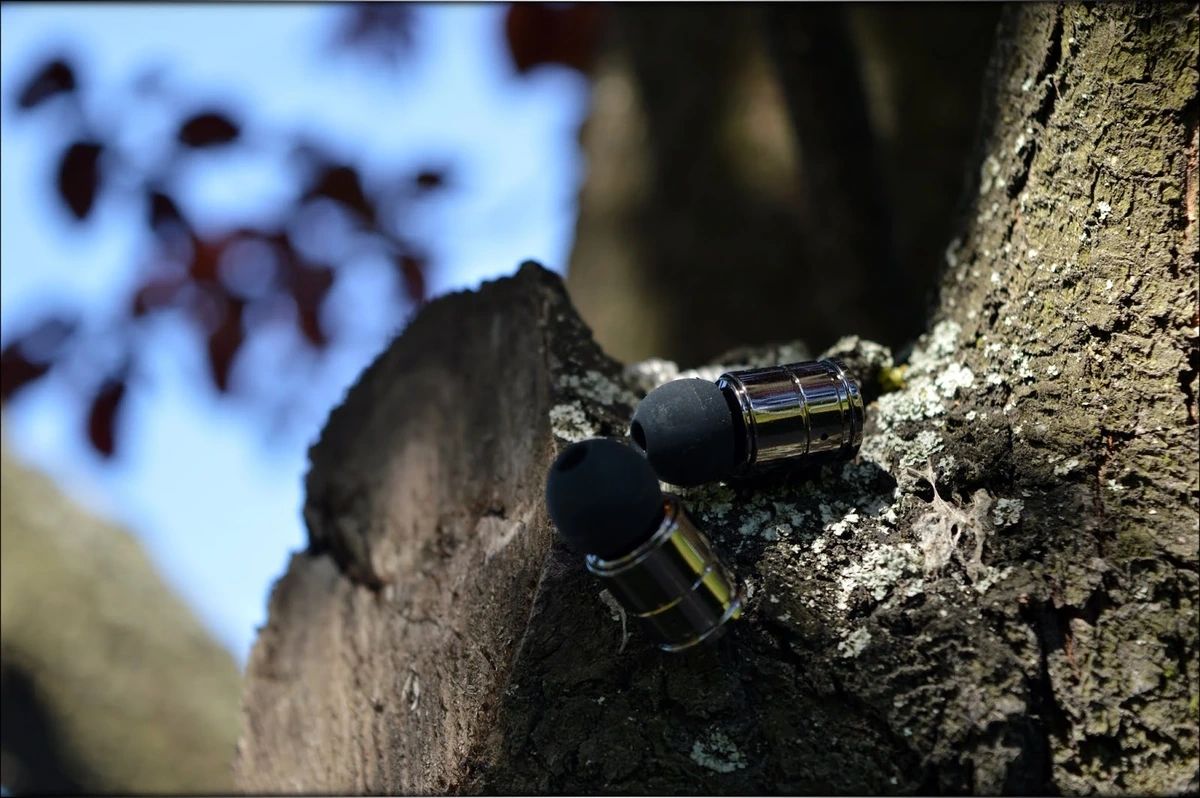
The baseline signature feels natural, light, tight, airy, really well expanded, thin, really well extended in the treble, while the bass is pretty well extended, but the amount gets lower especially once you drop lower than 50 Hz. Basically, they sound like a pretty good midrange pair of bookshelf speakers would sound like in general, with a really large soundstage, clear airy musical note rendering, but with a bass that is less in amount than the midrange and the treble. The midrange is mostly quite natural, voices, and especially female voices feeling natural and well presented, while male voices feel a tad thin at times, especially when you’re listening to death metal.
Starting with the bass, the bass is tight, and extends pretty low, but it is considerably lower in amount when compared to the midrange and the treble. This makes it also pretty light and fast, but it doesn’t have a lot of impact, most of the impact in D6 being found in their midrange and treble. This also means that one will be able to distinguish fine nuances in the bass pretty well, especially for the price point of D6, but ultimately, if you’re a basshead, D6 won’t provide the deep and rattling type of bass bassheads are searching for.
The midrange is open, clear and pretty darn sweet. The midrange doesn’t have a significant dip or peak in its range, but it is a little forward when compared to the bass, and it is pretty much at the same level as the treble. The tonality is natural, to slightly thin, thing which works very well with gentle female vocals, but doesn’t work as well with male vocals, especially if the male vocals are supposed to be deep and strong, like those in death metal music, but music that’s supposed to be more calm works really well, especially Pop, Jazz, and classical Rock or Heavy Metal.
The treble is well extended and airy, it has a good amount of sparkle and energy to it, but it is on the smoother side texture-wise being more the non-fatiguing type rather than the busy and grainy type. There’s fun in every song, and everything sounds exciting and interesting, without becoming too hot. There’s not much of a peak or a dip here either, the treble being extended until 9 – 11 kHz, after which is falls down very slowly, resulting in an extended and airy sound.
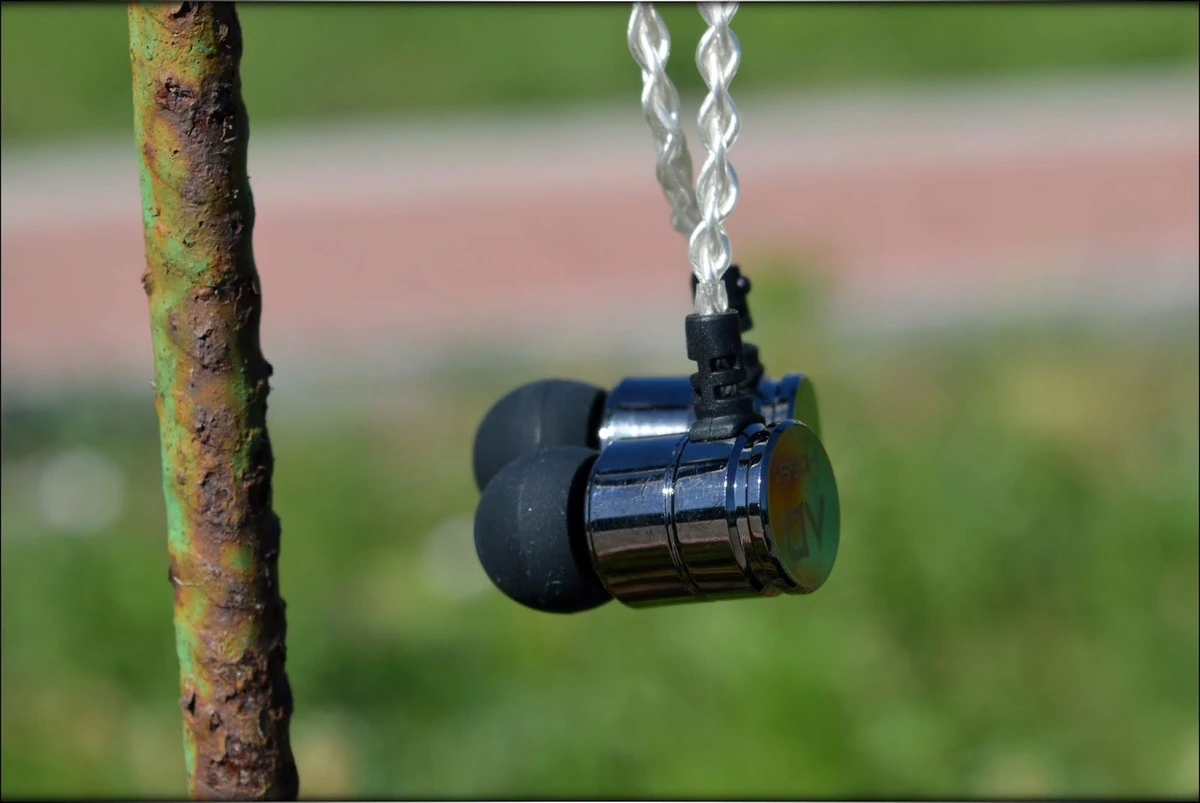
Now, one thing we didn’t really mention, but other reviewers did start with, is that you can get another kind of signature from D6. In short, there is a vent port on the bore / the tube that enters the ear, which you can cover with the silicone tip. We generally advise against this because it leads to issues with the comfort, since if you do this, D6 has driver flex, and isn’t nearly as comfortable as when the silicone tip is seated normally, but covering that port basically recovers the bass to a normal to bass-head levels, thickens the sound, all while keeping the PRaT and ADSR characteristics intact, along with D6’s airy and well extended sound. Actually, if the comfort could be better with that port covered, this would be a true champ in this price range, but as things are, we can’t say this is the best solution, more like a compromise you might want to look into, if you want one of the most interesting V-shaped signatures.
Soundstage
The soundstage of Alpha Delta D6 is extremely wide, precise, with a really amazing instrument separation and a great overall imaging. There’s literally only good to speak about their soundstage, and it is much much more extended than we’d have expected or assumed it would be before listening to them, but the main downside is that it comes at the cost of bass. With the frontal vent covered, this soundstage is affected a little, but still is amazingly large, while with the front port open, the sound is really well extended without any issues. If you’re looking for a really airy sound, with a large soundstage and outstanding instrument separation, especially for 100 USD, then D6 surely will not disappoint.
ADSR / PRaT
The ADSR and PRaT (Texturization) is natural to quick, guitars and other instruments having excellent overall textures. There isn’t quite that much to talk about since they still are within the revealing abilities of 100USD IEMs, but the overall sound is revealing and slightly analytical, having a great amount of juicy detail and textures in guitars, and most instruments not feeling smooth or liquid, but neither too textury or revealing.
Portable Usage
The portable usage is, in one word, good.
Alpha Delta D6 is very easy to drive from most portable sources, so that will not be an issue for anyone who’s planning on taking them on a walk, and they are quite comfortable, their cables being the right type of cables to have on a IEM to want on a IEM you take on a walk with you, but where they lose in portability is in their isolation, which, is not quite that good in the end.
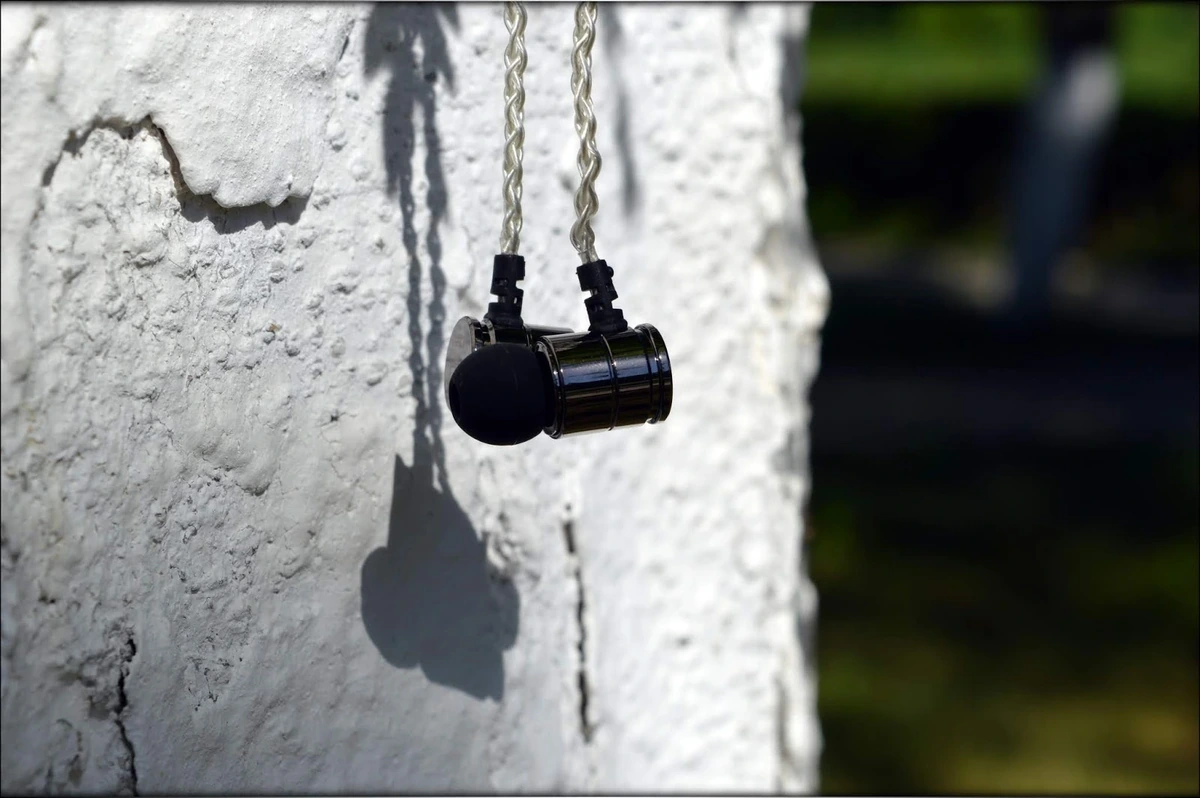
There is no driver flex, no microphonics, no issue we can note. They aren’t especially prone to hiss, there being almost no hiss with Hiby R6, and you can pair them with most smartphones and still get great results, so there’s no issue with using them portably.
Since they are pretty comfortable, they won’t cause issues like the IEMs falling out of the ears while walking, or even jogging, and there is a wide selection of tips included in the package when you purchase D6, but if you plan on walking through an area with large amounts of noise, you might wish for a bit more isolation. Covering the frontal vent port does help with the isolation, but only so much, so in the end you might want to take a look at something slightly more isolating, like even Alpha Delta D3, if you are a really quiet listener who goes through high-noise areas with your IEMs, although D6 will do just fine if you walk through a park and listen at moderate or higher volumes.
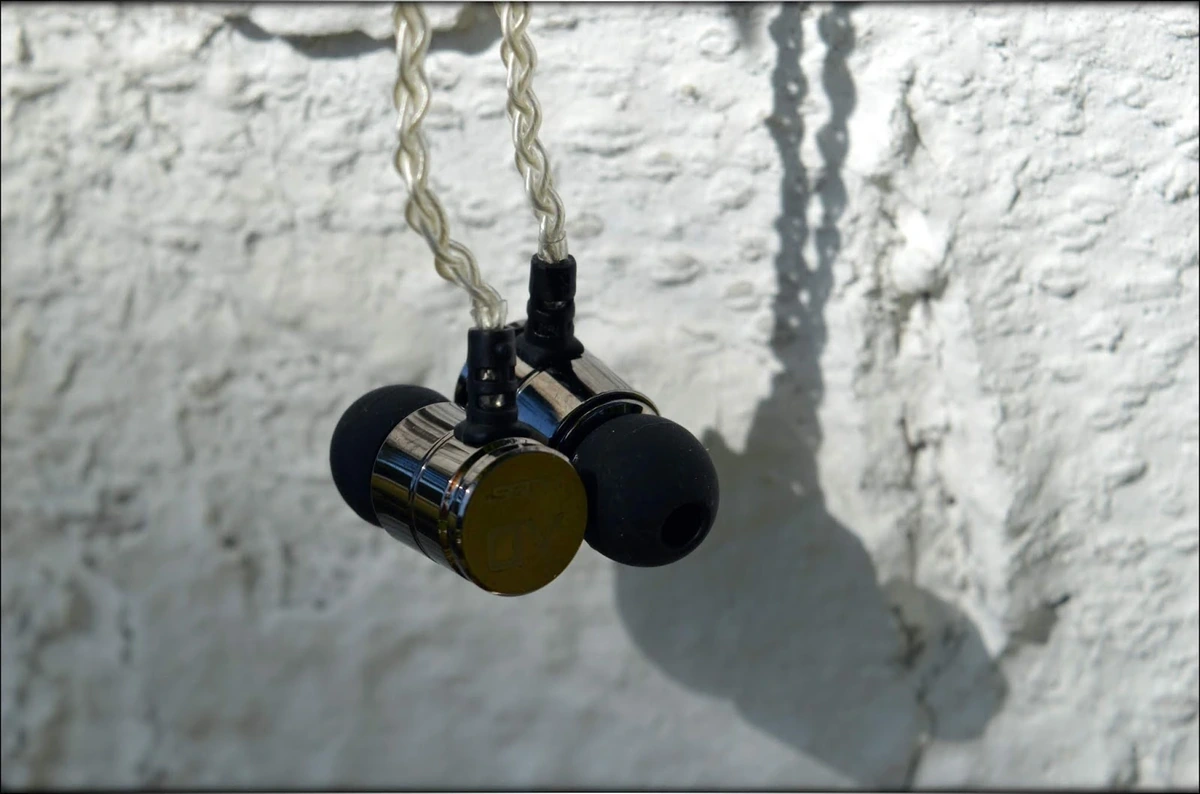
All in all, their portability remains good, but if you’re looking for something to always have on you while walking, there are slightly better options out there, even Alpha Delta’s own D3 being slightly better in this aspect.
Comparisons
All the IEMs D6 is compared to are from a similar price range, but with different tunings and signatures.
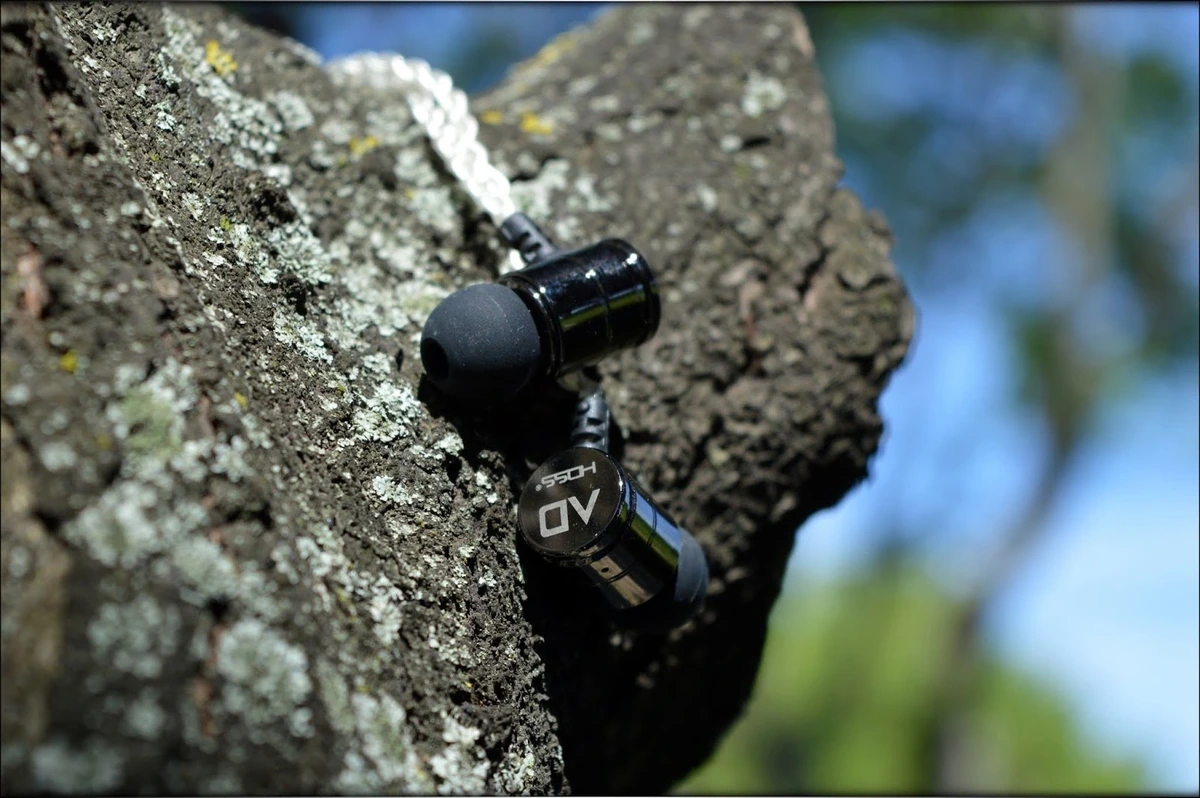
Alpha Delta D6 vs Westone UM1 – Starting with the build quality and the package, the most interesting aspect is that the two are similar in most aspects, just not the fact that UM1 comes in plastic, with a full plastic shell, and has a thinner cable, while D6 comes in a metallic shell, and has a thick and reliable cable. On the other hand, of the two, UM1 has detachable cables, while D6 does not. The isolation is much stronger on UM1, which is small and closed, has a really deep fit which will cut you out from the outside noise, while D6 is pretty open in its nature. The tuning is extremely different, with UM1 being dynamic, impactful, thick, bassy, warm, dark, smooth and slightly intimate, D6 being, by comparison, extremely open, light, dynamic, quick, revealing, airy, and brighter. If you’re looking at the comfort, UM1 tends to have a smaller shell and be more comfortable, while D6 has a larger overall body, but not by a large margin. For a more versatile IEM, with more detail, we recommend D6, while if you’re looking for a really thick and warm IEM with a relaxing overall signature, UM1 sure is still amazing.
Alpha Delta D6 vs FiiO F9 – FiiO F9 comes with a more advanced package, and although their carrying box isn’t half as soft to the touch as that of D6, it is much more useful, as F9’s Peli-kind of carrying box will ensure the safety of your IEMs, even if it falls out onto the pavement, or if you step on it, while the carrying box of D6 will not protect them against pressure as well, being a soft-carrying pouch. The cables are detachable on F9, and the version we tested also came with two cables, one of which is Balanced, so there’s a little plus in value there, but the single cable on D6 is thicker in size and looks a bit more pro-like in direct comparison. The cables of F9 being a bit thinner might also be a plus for their portability. The isolation is much stronger on F9, which is a really well-isolating IEM, especially when compared to D6, which is pretty open in its nature. The comfort is similar between the two, although F9 has a smaller body, but F9 can only be worn over-the-ear, while D6 can be worn straight-down as well. The tuning is a little different, with F9 having a bit more bass, slower overall transient response (so a smoother overall texture rendering), a bit of a peak in the hot area of the treble (6-9kHz), and a bit more emphasis on emotion. The D6 quickly makes itself remarked with a lighter and a quicker sound (so more texture revealing abilities), more emphasis on air and soundstage size, with its soundstage being larger, with more instrument separation, with a slightly thinner midrange, and with less bass amounts. The overall feeling is that F9 is a bit more intimate, but a bit more even and more natural, while D6 is lighter, more revealing, but with less impact in the bass compared to F9, although it does have a larger soundstage.
Alpha Delta D6 vs Kinera H3 – Kinera H3 is an interesting IEM to compare D6 to, because most people might feel that the two are similar, especially if not paying utmost attention to some details in the sonic descriptions of the two IEMs, but starting with the build quality, although H3 has detachable cables, and comes with a good, hard carrying case, it has a larger IEM body, it suffers from Driver Flex, and it has plastic bodies, while D6 has metallic bodies, has no driver flex if the tips are positioned in the normal position, so not covering the vent port, and D6 has a nicer (thicker and more reliable) cable, which is less prone to tangle by default. The comfort can become affected by driver flex on D6 as well, if you cover the frontal vent port. The noise isolation on H3 is much better, since they are both closed, and larger in size, blocking more noise passively. The sonic character of the two IEMs is quite different, especially in the midrange. The bass presentation is quite different as well, with H3 having a deeper bass, with more emphasis on the bass impact, although it has a similarly tight and quick bass like D6, where D6 has less bass in amount in the general sense. The midrange is where the largest difference is, with D6 being much more forward in the midrange, while H3 is much more recessed in the midrange, H3 having almost 20 dB of midrange recession compared to their treble, while D6 barely has any. This results in a distant midrange for H3, while it also results in a slightly forward one for D6, especially by direct comparison. The treble, on the other hand, is quite enhanced on Kinera H3. D6 has its treble in line with the midrange, while H3 has its treble boosted by about 20 dB when compared to its midrange, leading to a really V-shaped sound that can be a bit too much, especially with certain music styles. In direct comparison, D6 feels more even, with only the bass being a bit lower than one might ideally want for most music styles, and a bit tighter as well, but with the PRaT and ADSR being really good and the soundstage being really open, while H3 feels a bit more detailed, but with a much more uneven signature, which is aggressively V-shaped and aggressively bright, with a really analytical side to it, which will reveal details more, and with a more intimate soundstage. Both IEMs do extremely well in terms of instrument separation. At the end of the day, D6 is the more universal IEM here, but H3 is a magical, unique IEM which still has a special place in our hearts. We’d recommend D6 for someone who is looking for a light and open-sounding IEM with a vast soundstage, and H3 to those looking for a more V-shaped experience, with more bass, and with more isolation from the noise.
Recommended Pairings
Alpha Delta D6 reponds fairly well to being paired with a higher-end source, but this doesn’t seem to be absolutely essential, and they will work just as well with a less expensive source, like the average smartphone.
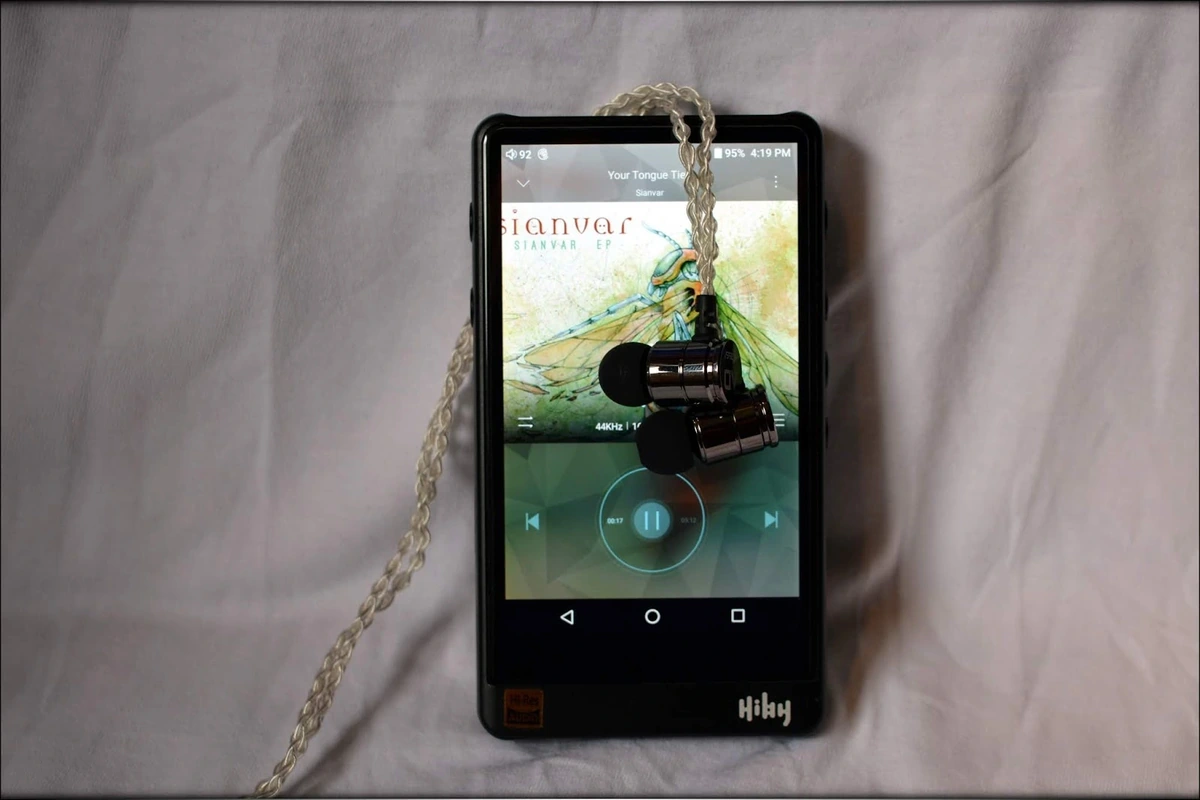
Alpha Delta D6 + Cayin N5ii – N5ii is still a favorite source for us, since Cayin managed to not only give it a good price, but two microSD slots, a beautiful design, streaming abilities, and Android firmware, so the abilities of this one are practically endless. The sound is slightly warmer and thicker than with most sources, thing which is great for D6, since they were a bit on the thinner side and had a light bass. You can also apply a bit of EQ to D6, leading to a thicker and stronger sound, since N5ii has this ability hassle-free.
Alpha Delta D6 + FiiO M7 – FiiO M7 is another favorite ultra-portable, which is able to give a lot of life to D6. Although D6 isn’t wireless, so you aren’t taking advantage of M7’s strongest point, M7 has a great neutral sound, and it has support for EQ profiles from FiiO’s app, so you can always give D6 a thicker sound by increasing the first 3 sliders of that EQ with a few dB’s. If you’re planning to get M7 soon, FiiO also has a little sale for it, where they include FiiO F9 SE with it, so together with D6, you’d have two different signatures to enjoy and switch between when you want to try something new.
Alpha Delta D6 + Burson Play – Since we considered the pairing with M7 and N5ii, we should also try D6 with a true desktop-class device, like Burson Play, which is an amazing DAC/AMP for desktop. Compared to most sources, it seems to have a better extension both ways, and a more energetic overall sound. Textures seem slightly enhanced, and the impulse response time seems a tad quicker, while the overall sound just feels more vivid and open. Since we’re talking about a DAC/AMP which can also run from Windows, you have the might of Roon and other high-end software at your fingertips, including high-quality DSPs like EQ profiles to change the tuning of D6 and add more bass to them.
Value and Conclusion
Listening to Alpha Delta D6 has been a lot of fun, and with the tuning Alpha Delta gave to it, it will be a lot of fun for other listeners as well.
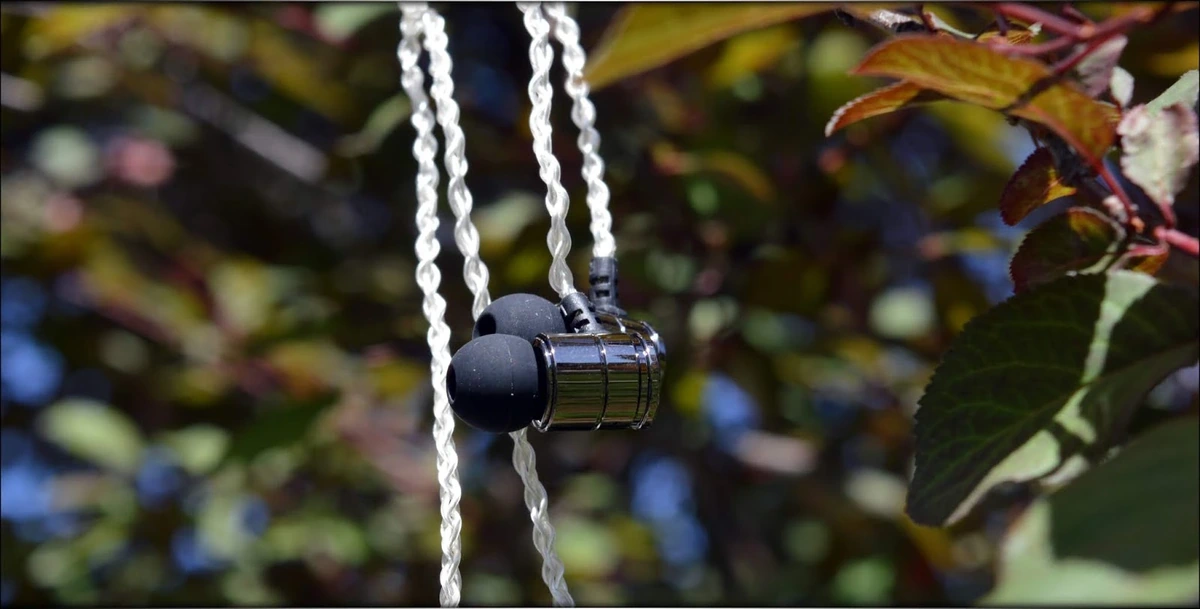
Starting with their price, they are priced at roughly 100 USD, which places them in a pretty heated market segment, where a lot of IEMs pop up, but only the strong survive for a little longer.
They are up against many, but Alpha Delta has taken the right steps by giving D6 a great build quality, and a great package. In fact, they are made out of metal, while their cable is one of the thickest and most serious-looking on a IEM at this price, with the only serious downside being the fact that the cable is not detachable, so you’ll need to send them to Alpha Delta if any problem is to arise. On the other hand, they have taken some great steps in making sure that the cable will last for a long while, having included a very serious stress strain relief on the cable, along with a high build quality for the whole IEM.
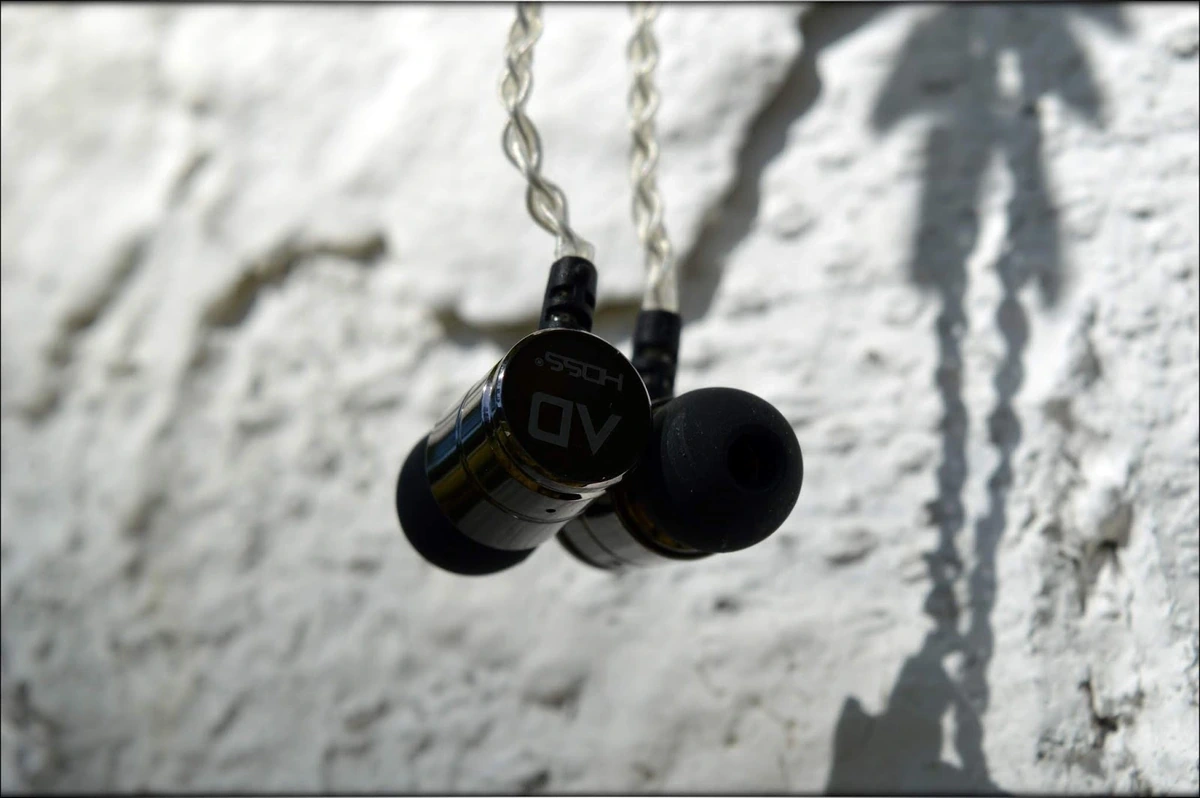
The package comes with more tips than you could wish for, and the carrying box, while not exactly protective, is one of the finest coming with a IEM, if we’re talking about the aesthetics and the softness to the touch. There are ear hooks, and a shirt clip in the package as well, and while we feel most users will not require any of those, they sure are nice to have in a package for those who will require them.
The sound quality, and the tuning, ultimately, are something unique. D6 doesn’t focus on the bass, instead focusing on the midrange and the treble, and giving music a tight, light, quick, and airy feeling, just like a pair of bookshelf speakers would usually do. You have access to all the might of your favorite music, along with the soundstage of a much more open listening setup. The sound is generally dynamic and vivid, with good detail and with a playful approach, while the treble is smooth, but well extended. What should drive your decision is whether you prefer a tighter or a larger bass, although even that can be fixed either via EQ, or via strapping the silicone tips over the front vent, resulting in even more usage scenarios for your D6.
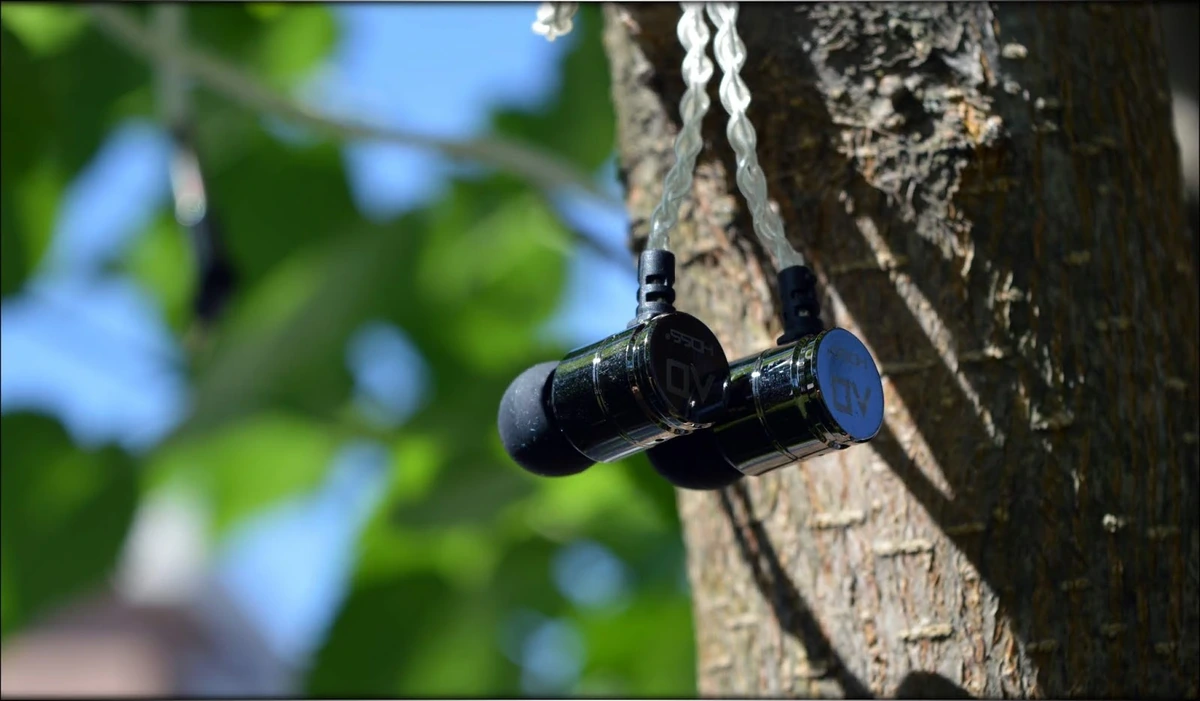
If you’re looking for a fun, light, open-sounding, accessible, and well-build In-Ear Monitor, then Alpha Delta D6 is surely worth looking into, and if you’re the type who prefers a lighter and a tighter bass, a more airy sound, with a larger soundstage, and with an amazing amount of detail and textures, then you should really add them to your shortlist, because those will surely bring you a lot of fun if you decide to get them.
Product Link
You can purcahse the Alpha & Delta D6 from www.amazon.com here: https://www.amazon.com/Alpha-Delta-Fidelity-Durable-Earphones/dp/B078RCTSPC
--- Please remember to stay safe, and always have fun while listening to music!---
- If you have a dime to spare, please donate, and help us! It would make the day brighter for me and my wife-
Full Playlist used for this review
We listened to more songs than those named in this playlist, but those are excellent for identifying a sonic signature. I recommend trying most of the songs from this playlist, especially if you’re searching for new music! The playlists are different for Spotify, Tidal and Youtube, and based on the songs I enjoy and are available on each!
https://www.youtube.com/playlist?list=PL_cjBXGmwSHSdGcwuc_bKbBDGHL4QvYBu
https://open.spotify.com/playlist/5J3oloz8Riy9LxEGenOjQ0?si=979ba4f082414be7
https://tidal.com/browse/playlist/330fd544-8e5b-4839-bd35-676b2edbb3d5
--- Contact Us ---





